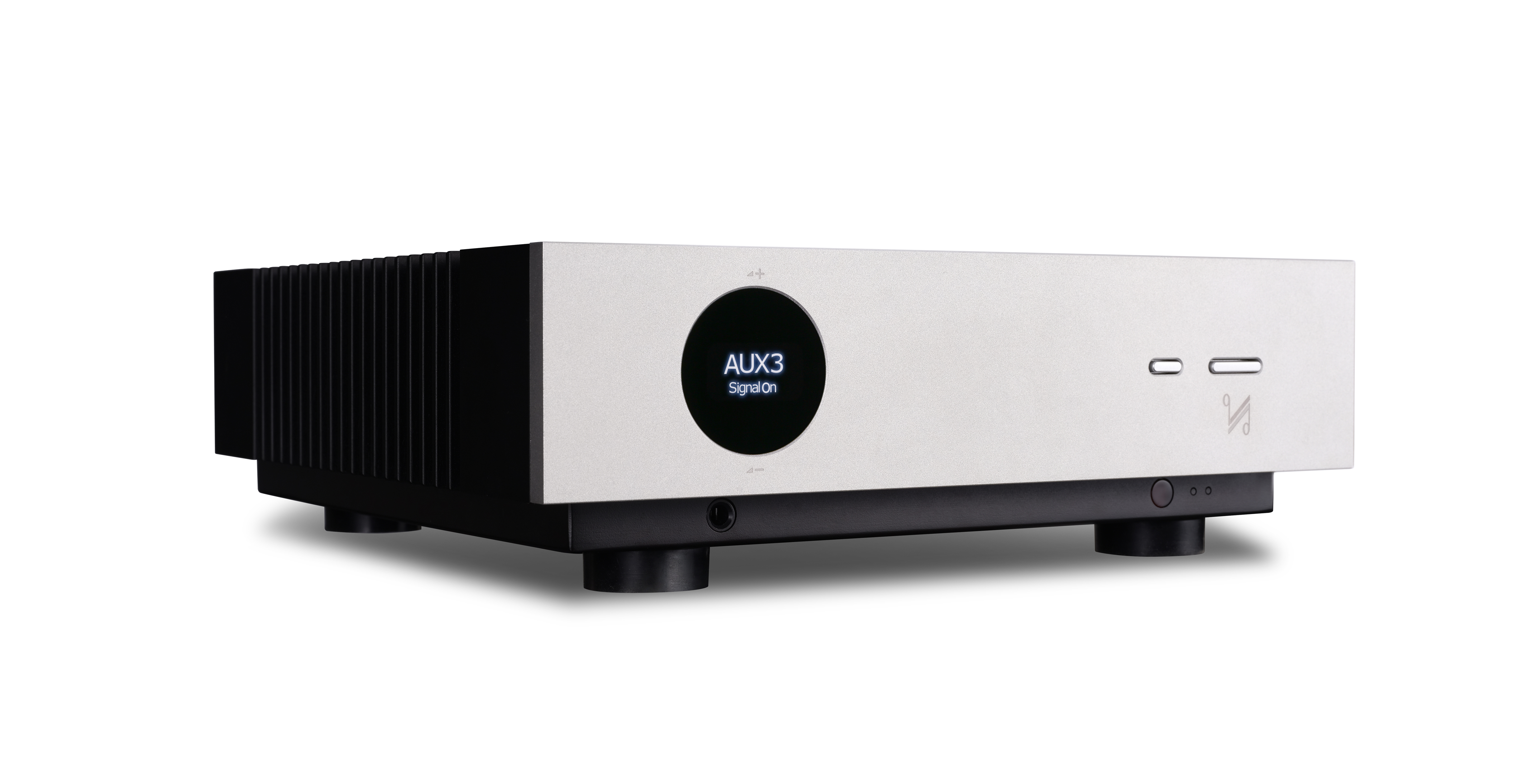I have a ton of beloved music on 1950s thru 1980s vinyl. Most are original issues, not remastered. The collection includes what were then 'audiophile quality' classical, symphonic, opera, jazz, chamber, and vocal commercial vinyl records by well-known labels like Decca, RCA Victor, DG, Columbia, Capitol, etc.
Here's the trouble: I have heard many of you have the same situation as I; most of these sound pretty bad (in several different ways) when played on up-to-date playback equipment. I know the hardware is good because new vinyl sounds quite good -- about as good as I expect vinyl to ever get. [There's a list of the gear I presently use below for reference.]
The question to you is, if this is your situation, what do you do, commonly, to improve sometimes nasty recording character often found in old recordings? [If it isn't your situation, kindly sit quietly and listen or check a different topic. I don't need amateur therapy.]
In this, I include boosted high treble, distorted tape characteristics, and often unflat response of vintage microphones. (You know, the mics that bring huge prices today for reasons of 'nostalgia.') Do you use multi-filter digital EQ? Amplifier tone controls? I don't expect to get rid of the ticks and pops that a thorough cleaning can't remove -- they are simply a fact of life and past abuse. Mostly, I'm interested in getting rid of raspy strings without killing oboe solos, blatant brass horns, overly sharpened vocals and like that. (I have one Maria Callas solo record that takes her voice and shrills it terribly.)
I know there's no 'cookbook' solution; I wish there were. Tone controls take much of the bandwidth with them. I currently don't have digital EQ, but this could be a reason to hit the piggy bank. Maybe if I just cut everything above 9 kHz? If I had a solution, I wouldn't ask you all.
I promise to read all offerings. I'm happy to hear educated guesses. Kindly spare us troll offerings and vinyl sermons.
.......
Current playback gear for vinyl:
AT-120 TT, Denon high output m/c cartridge w/ elliptical diamond, Emotiva preamp with m/m and m/c inputs, Schiit Loki analog EQ, Emotiva 150/150-watt A/B amp., Elac DBR62 pair, two powered subwoofers.
Here's the trouble: I have heard many of you have the same situation as I; most of these sound pretty bad (in several different ways) when played on up-to-date playback equipment. I know the hardware is good because new vinyl sounds quite good -- about as good as I expect vinyl to ever get. [There's a list of the gear I presently use below for reference.]
The question to you is, if this is your situation, what do you do, commonly, to improve sometimes nasty recording character often found in old recordings? [If it isn't your situation, kindly sit quietly and listen or check a different topic. I don't need amateur therapy.]
In this, I include boosted high treble, distorted tape characteristics, and often unflat response of vintage microphones. (You know, the mics that bring huge prices today for reasons of 'nostalgia.') Do you use multi-filter digital EQ? Amplifier tone controls? I don't expect to get rid of the ticks and pops that a thorough cleaning can't remove -- they are simply a fact of life and past abuse. Mostly, I'm interested in getting rid of raspy strings without killing oboe solos, blatant brass horns, overly sharpened vocals and like that. (I have one Maria Callas solo record that takes her voice and shrills it terribly.)
I know there's no 'cookbook' solution; I wish there were. Tone controls take much of the bandwidth with them. I currently don't have digital EQ, but this could be a reason to hit the piggy bank. Maybe if I just cut everything above 9 kHz? If I had a solution, I wouldn't ask you all.
I promise to read all offerings. I'm happy to hear educated guesses. Kindly spare us troll offerings and vinyl sermons.
.......
Current playback gear for vinyl:
AT-120 TT, Denon high output m/c cartridge w/ elliptical diamond, Emotiva preamp with m/m and m/c inputs, Schiit Loki analog EQ, Emotiva 150/150-watt A/B amp., Elac DBR62 pair, two powered subwoofers.

